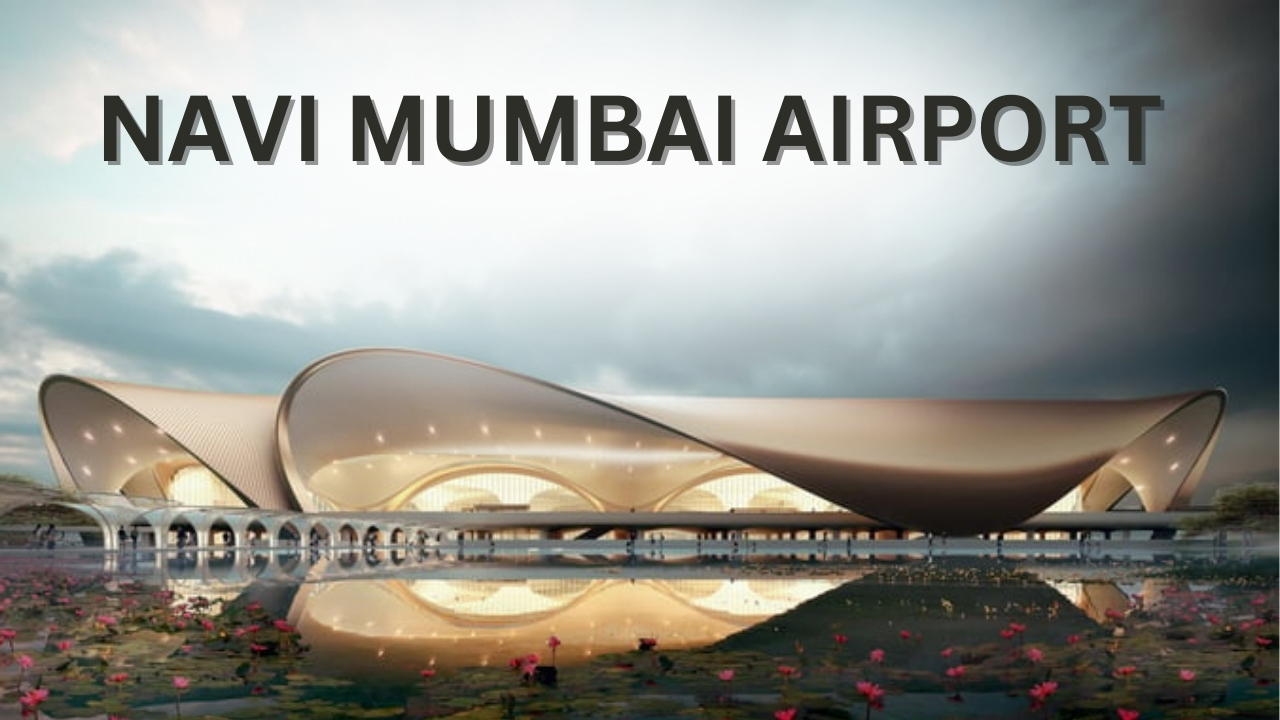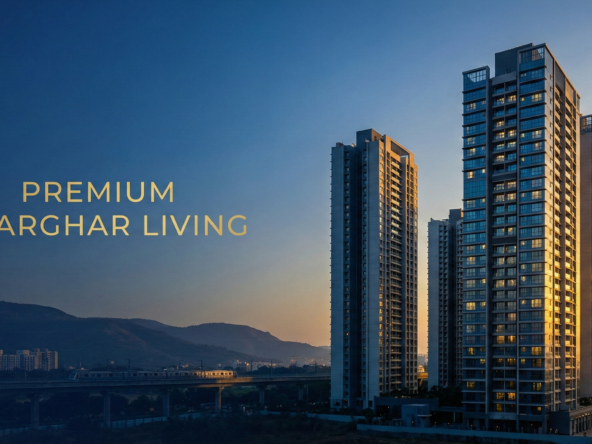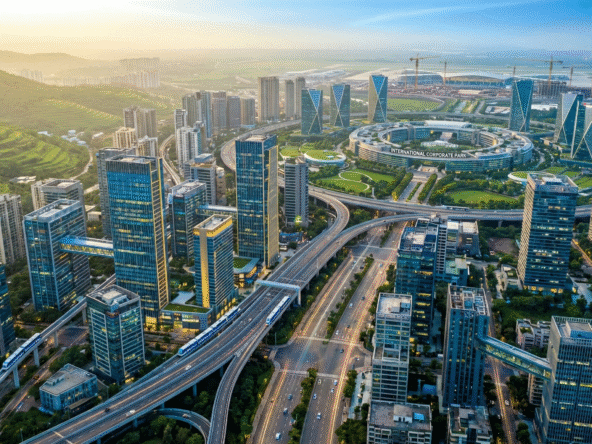Navi Mumbai International Airport (NMIA) is one of India’s most ambitious infrastructure projects, promising to reshape the aviation landscape of the Mumbai Metropolitan Region (MMR) and bolster the region’s global connectivity. Situated in Ulwe, Navi Mumbai, the airport is poised to complement the overburdened Chhatrapati Shivaji Maharaj International Airport (CSMIA) in Mumbai, addressing the increasing demand for air travel and enhancing the region’s economic prospects.
The Vision Behind Navi Mumbai International Airport
The idea of a second airport for Mumbai has been in the pipeline since the 1990s. With Mumbai being India’s financial capital and a critical hub for international and domestic flights, the need for additional capacity became evident as passenger traffic surged year-on-year. NMIA was conceived to alleviate the pressure on CSMIA and ensure seamless connectivity for passengers and cargo alike.
The City and Industrial Development Corporation (CIDCO) of Maharashtra, in partnership with private entities and the Airports Authority of India (AAI), is spearheading the development of this greenfield airport. The project’s emphasis on sustainability, modern technology, and passenger-centric design reflects India’s aspirations for world-class infrastructure.

Key Features and Design Highlights
NMIA has been designed by the globally renowned Zaha Hadid Architects and aims to integrate cutting-edge technology with aesthetic appeal. Here are some of the key features:
- Capacity:
- Phase 1 will accommodate 10 million passengers annually.
- Once fully operational, the airport’s capacity is expected to reach 60 million passengers per year.
- Runways and Terminals:
- Two parallel runways for simultaneous operations.
- Terminals designed to handle both domestic and international flights with high efficiency.
- Sustainability:
- Use of renewable energy sources and eco-friendly construction materials.
- Smart water and waste management systems.
- Passenger Experience:
- State-of-the-art amenities, including spacious lounges, retail outlets, and dining options.
- Advanced baggage handling systems and efficient security checkpoints.
- Connectivity:
- Seamless access via the Mumbai Trans Harbour Link (MTHL), Navi Mumbai Metro, and suburban railway systems.
- Proximity to the proposed Dedicated Freight Corridor to boost cargo handling.
Economic and Social Impact
The development of NMIA is expected to have a transformative impact on Navi Mumbai and the broader MMR. Key benefits include:
- Job Creation:
- Direct and indirect employment opportunities during construction and operation phases.
- Boost to ancillary industries like hospitality, retail, and logistics.
- Real Estate Development:
- Surge in demand for residential and commercial properties in areas like Ulwe, Panvel, and Kharghar.
- Enhanced property values, making Navi Mumbai a lucrative destination for investors.
- Tourism and Trade:
- Increased connectivity to global destinations will attract international tourists.
- Improved cargo facilities to bolster trade and exports.
- Urban Development:
- Infrastructure upgrades in surrounding regions, including roads, bridges, and metro lines.
- Emergence of Navi Mumbai as a self-sustaining urban hub.
Challenges and Future Prospects
While NMIA represents a beacon of progress, its development has faced challenges, including land acquisition issues, environmental concerns, and project delays. However, with robust planning and collaboration between stakeholders, these hurdles are being addressed.
Looking ahead, the completion of NMIA will mark a significant milestone in India’s infrastructure journey. It will not only decongest Mumbai’s skies but also position Navi Mumbai as a pivotal player in the country’s economic growth.
Conclusion
Navi Mumbai International Airport is more than just an aviation facility; it’s a catalyst for regional transformation. As the airport gears up for its inaugural flights, it symbolizes India’s ambitions to compete on the global stage. For residents and businesses in Navi Mumbai, this is a moment of immense promise, paving the way for unparalleled opportunities and a brighter future.
Navi Mumbai International Airport: A Gateway to Progress
Frequently Asked Questions (FAQ)
- What is the purpose of Navi Mumbai International Airport (NMIA)?
- NMIA aims to alleviate the passenger traffic burden on Mumbai’s existing airport (CSMIA) and provide enhanced connectivity for both domestic and international travelers.
- Where is NMIA located?
- The airport is located in Ulwe, Navi Mumbai, Maharashtra.
- What is the passenger handling capacity of NMIA?
- Phase 1 is designed to handle 10 million passengers annually, with a full capacity of 60 million passengers per year upon completion.
- Who is developing the airport?
- The project is being developed by the City and Industrial Development Corporation (CIDCO) in partnership with private entities and the Airports Authority of India (AAI).
- When is NMIA expected to be operational?
- While the project has faced delays, authorities are targeting an operational start within the next few years. Specific timelines depend on construction progress.
- What are the sustainability features of NMIA?
- The airport incorporates renewable energy usage, eco-friendly construction materials, and advanced waste and water management systems.
- How is NMIA connected to the rest of Mumbai and nearby regions?
- Connectivity includes the Mumbai Trans Harbour Link (MTHL), Navi Mumbai Metro, suburban railways, and proposed highways.
- What economic benefits will NMIA bring?
- It will create jobs, boost tourism and trade, and drive real estate and urban development in the region.





